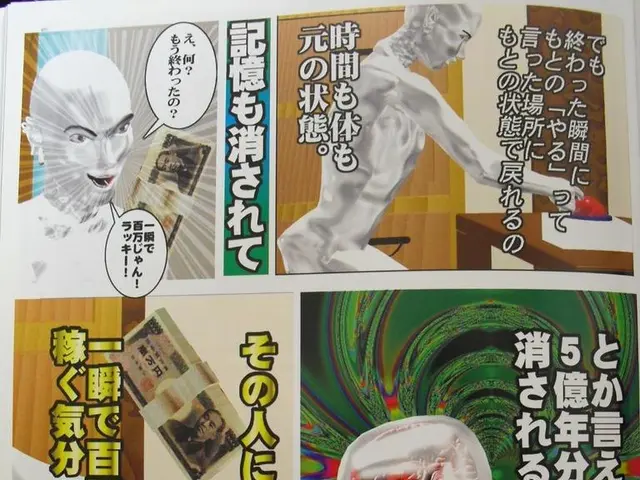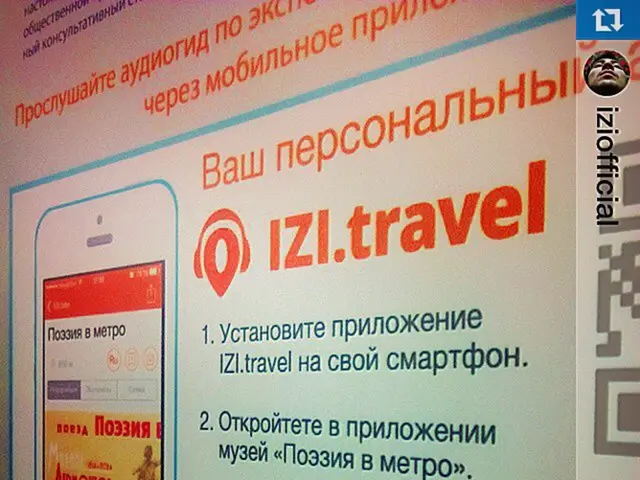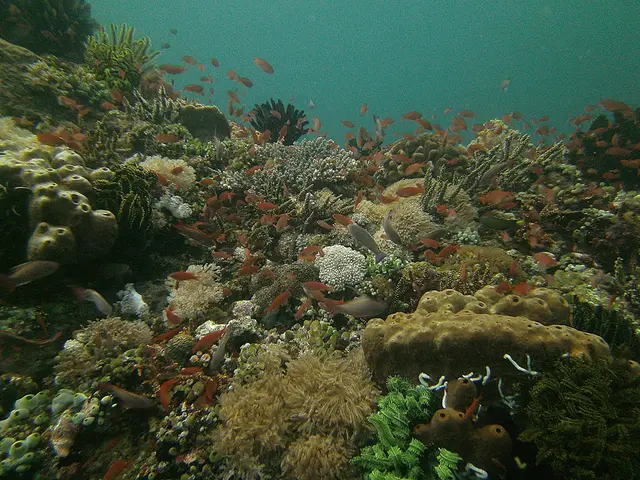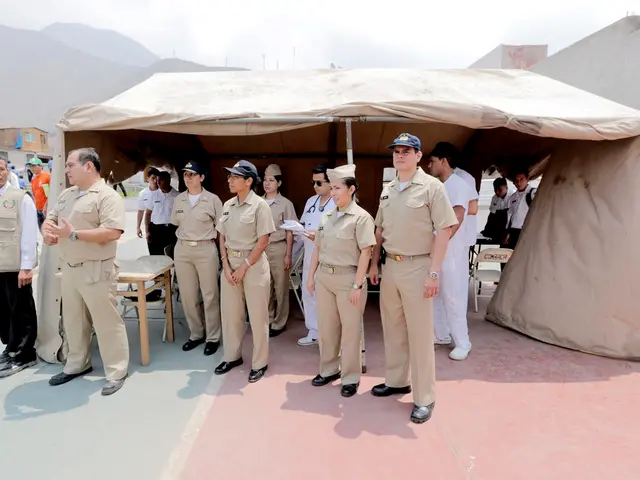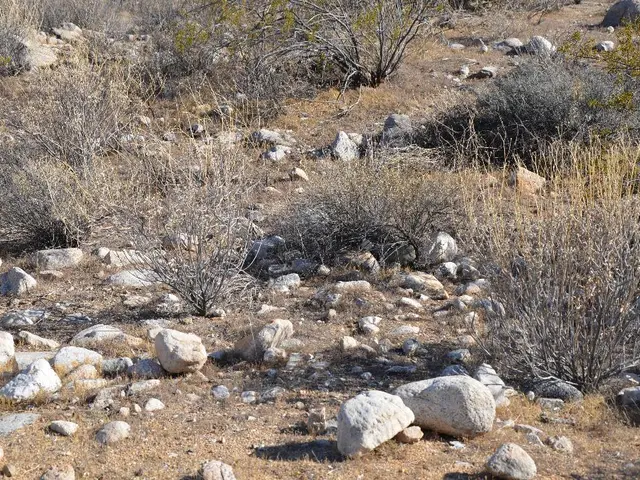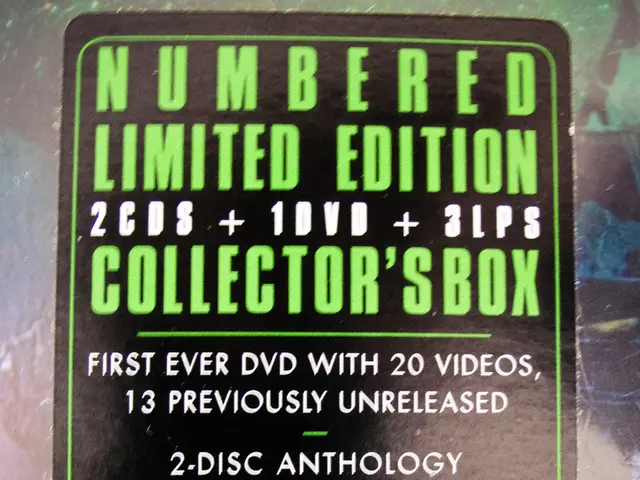Peering into the Vatican's Interior: Bocconi University Scientists Crack the Code on the Conclave
Scholars Decipher Pope's Secret Mathematical Equation
By Solveig Bach
The significant secrecy surrounding the selection process behind the sacred walls of the Sistine Chapel has earned the papal election a reputation as an enigma draped in the divine favor of the Holy Spirit itself. A group of ingenious researchers at Milan's Bocconi University, however, investigate this ancient ritual with the tools of modern science.
The election of Robert Francis Prevost as the new pope may have left many scratching their heads, as he was deemed an underdog by international betting providers. Matteo Zuppi, Luis Antonio Tagle, and Peter Turkson trailed closely on the odds, while Prevost was only ranked among the "others" with a meager 2% probability. Prevost's ascension, especially given the expectation for a European pope, was a surprising turn of events indeed.
Scanning the College of Cardinals: A Web of Influence
Intriguingly, a team of Bocconi University scholars had Prevost marked as the front-runner in their estimation. In research spanning the dynamics of consensuses within the conclave, they wrote: "Beneath the ancient rituals of the conclave, dynamics emerge that are remarkably similar to those found in political elections or boardroom placements."
To cast their educated vote, the trio of Giuseppe Soda, Alessandro Iorio, and Leonardo Rizzo turned to the method of social network analysis. The network under examination: the Conclave itself, composed of 133 eligible cardinals this time around.
A Legacy in Numbers: The Anatomy of a Rich Connection
"Just like in any human organization," shared Professor Soda, "strong relationships play a pivotal role in the Church. The cardinal with more connections, the greater their influence, and the more central they are in the information flow, is more likely to become the consensus leader."
To map out the connection landscape, the team first fashioned a model that represented memberships, personal acquaintances, and other affiliations among cardinals. This includes factors like work collaborations and council involvement within the Roman Curia, the clerical dynasty that binds cardinals in a web of loyalty and recognition, and informal interrelationships with fellow cardinals.
Subsequent analysis displayed three crucial points of a cardinal's prominence: status, information, and alliances. Those that connected to many, and to the most powerful cardinals, received preference in terms of status. Cardinals who bridged different groupings were signified by a positive criterion of information, while the ability to form coalitions was gauged by their position within a close, trustworthy network that provided robust support. Additionally, age was also considered, with previous popes generally being in their mid-60s at the time of their election.
Although the team did not claim to possess a crystal ball, graphical renditions revealed a clear frontrunner—Robert Francis Prevost, followed closely by Lazzaro You Heung-sik, Arthur Roche, and Jean-Marc Aveline.
The election of the pope, the team emphasized, is undeniably the result of both data-driven calculations and numerous variables. Other important factors include spiritual inspiration, geopolitical balance, doctrinal alignment, and diplomatic dexterity. "This model serves as a lens for deciphering the context, not an oracle," explained Soda.
On the evening of May 8, moments after white smoke billowed from the chimney of the Sistine Chapel, Prevost stood before the world, proving the scientists right.
Source: ntv.de
- Vatican
Enrichment Data:In attempting to predict the election of a pope, researchers often rely on social networks analysis, which centers around identifying the most influential and central cardinals within the College of Cardinals based on their connections with others. This method considers various aspects, including the number and strength of ties, central position within the network, and indicators such as betweenness centrality, PageRank, and tie counts.
However, despite employing scientific techniques, it's crucial to acknowledge that the unpredictable nature of the papal conclave necessitates combining these prediction methods with other forms of analysis for accurate predictions. For instance, the earlier election of Pope Leo XIV caught many analysts off guard, as he had relatively low probabilities in prediction markets. Similarly, network metrics might have suggested Prevost as a candidate, but this was not widely anticipated beforehand.
- The European Union, with its focus on education and self-development, could potentially benefit from studying the Vatican's conclave selection process, as it involves research similar to political elections and boardroom placements, leveraging data-and-cloud-computing and technology for analysis.
- The science of mental-health and lifestyle could contribute to understanding the psychological aspects of the conclave, emphasizing the interconnections among cardinals and the influence those relationships have on a cardinal's prominence within the College of Cardinals.
- The fitness-and-exercise industry, keen on promoting personal growth and well-being, could discover valuable insights by examining the synergy between the network of cardinals and their collective efforts in governing the Catholic Church.
- The home-and-garden sector, which focuses on sustainable living, might find parallels with the Vatican's approach to diplomacy, as cardinals create alliances based on the exchange of information, trust, and loyalty, forming an organic, robust network.
- The technology-driven field of data-and-cloud-computing, when combined with theEuropean Union's investment in education-and-self-development, could develop new algorithmic models for predicting the likeliest candidates to ascend to the papacy.
- The career-development sector could draw inspiration from the conclave, using network analysis techniques to help professionals assess their relationships, alliances, and influence within their respective fields and organizations.

